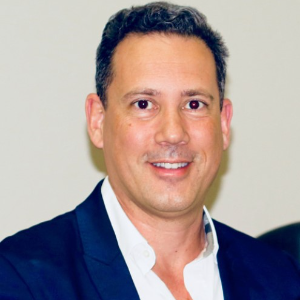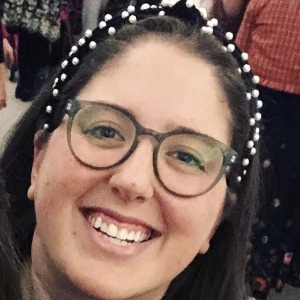Restorative Rehabilitation
Rehabilitation is a topic that is highly debated around the world. This is not surprising given that over a billion people live with a disability, accounting for nearly 15% of the global population. Furthermore, according to a recent estimate, 2.41 billion people throughout the world live with diseases which affect their daily functions and could benefit from rehabilitation services, equating to one in every three people requiring rehabilitation services at some point during their sickness or injury. Restorative rehabilitation focuses on interventions that enhance impairments like physical strength or respiratory function, as well as cognitive impairment, in order to achieve maximum function recovery. In order to maximise function following surgery, illness, or acute events such as a serious trauma or a stroke, this is a popular kind of rehabilitation. Restorative nursing can bridge the gap between rehab and home for patients who are no longer in an acute or short-term rehabilitation program.
- Restorative Care
- Restorative Therapy
- Restorative and Rehabilitative Care
- Restorative Nursing

Jay Spector
American Academy of Podiatric Sports Medicine (AAPSM), United States
Marcia J Scherer
Institute for Matching Person and Technology, United States
Marcos Brioschi
American Academy of Thermology, United States
Ady M Correa
University of Miami, United States
Blair Gorenberg
Shirley Ryan Abilitylab, United States
Roberta Sartori
IRCCS Materno-Infanitle Burlo Garofolo, Italy




Title : Best practice guidelines for the use of pharmacological neuromodulation in disorders of diminished motivation: A comprehensive approach
Vaidya Balasubramaniam, Illawarra and Shoalhaven Local Health District Hospitals, Australia
Title : A forgotten component of knee osteoarthritis
Ron Blehm, EEI Physio LLC, United States
Title : Functional outcomes of DSSA-Based pelvic rehabilitation combined with manual therapy and electrostimulation in men after oncologic surgery: A retrospective case series
Eren Uyar, Fizyomen Physiotherapy & Rehabilitation Center, Turkey
Title : We are living and working in the age of individualization
Marcia J Scherer, Institute for Matching Person and Technology, United States
Title : Efficacy of Inspiratory Muscle Training (IMT) in post-weaning ICU recovery: A clinical randomized controlled trial
Warda Khan, Chongqing Medical University, Pakistan
Title :
Subramanya Adiga, Middlemore Hospital, New Zealand